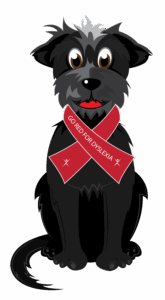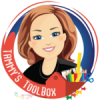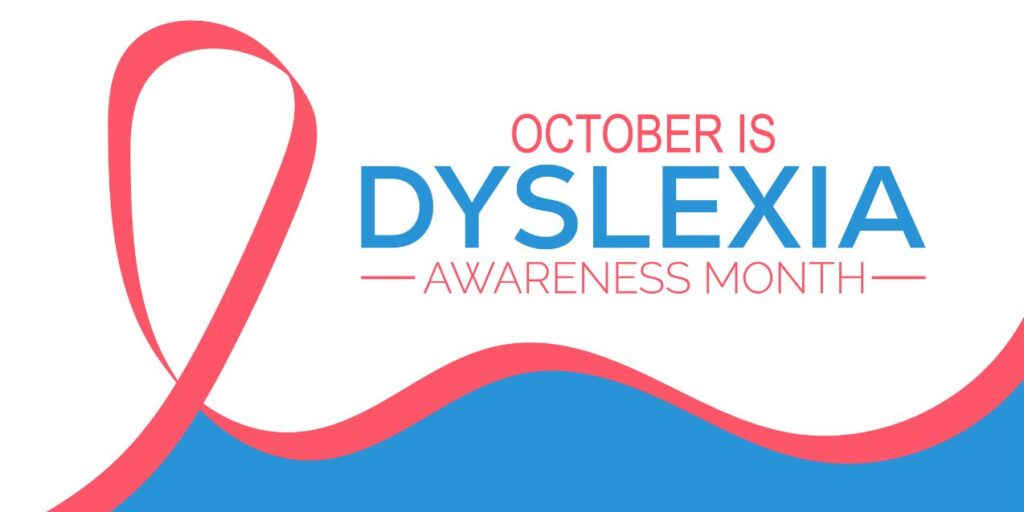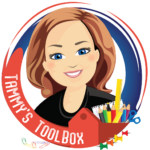October is Dyslexia Awareness Month: What Teachers Need to Know
As both a dyslexia tutor with over 25 years of experience and a mom of neurodivergent learners, October holds special meaning for me. October is Dyslexia Awareness Month, a time to shine a light on the challenges and strengths of individuals with dyslexia. For early childhood teachers especially, this is an opportunity to learn, advocate, and take action to support struggling readers in meaningful ways.

What is Dyslexia?
Dyslexia is a language-based learning difference that primarily affects reading, spelling, and writing. It is not a reflection of intelligence or effort. In fact, many children with dyslexia are bright, creative, and resourceful learners who simply process language differently. Dyslexia impacts about 1 in 5 students, which means most classrooms include children who need explicit, structured literacy instruction to thrive.
Why Dyslexia Awareness Matters
Early identification and intervention are life changing. When children with dyslexia are not recognized early, they can quickly become discouraged, frustrated, and anxious about learning. By raising awareness, we empower parents, educators, and communities to provide support before students fall behind. Teachers who understand the signs of dyslexia—such as difficulty rhyming, trouble with letter-sound connections, and slow, labored reading—can help children get the support they need right away.
What Early Childhood Teachers Can Do
- Use structured literacy: Evidence-based approaches like Orton-Gillingham focus on explicit, multisensory phonics instruction that benefits all students, not just those with dyslexia.
- Watch for early warning signs: Difficulty learning nursery rhymes, persistent trouble with letter recognition, or struggles remembering sight words may indicate the need for further evaluation.
- Create a supportive environment: Celebrate effort and growth, not just accuracy. Students with dyslexia often need more time and practice but flourish when encouraged.
- Communicate with families: Parents are partners in the learning journey. Share your observations, offer resources, and remind them they are not alone.
 ✨ Make Dyslexia Awareness Month Meaningful with these Free Resources
✨ Make Dyslexia Awareness Month Meaningful with these Free Resources
Free Dyslexia Awareness SEL Coloring & Writing Posters | Growth Mindset
Book Discussion Activities and Worksheets on Dyslexia and Growth Mindset
Recommended Organizations
If you’d like to learn more or share resources with families, these organizations and articles are excellent starting points:
- International Dyslexia Association (IDA) – advocacy, resources, and training for educators.
- Decoding Dyslexia – grassroots movement with state chapters supporting awareness and policy change.
- Understood.org – parent-friendly resources for learning differences, including dyslexia.
- Yale Center for Dyslexia & Creativity – research-based insights into dyslexia and strengths-based perspectives.
- Go Red for Dyslexia is a worldwide campaign supported by Succeed With Dyslexia that takes place during Dyslexia Awareness Month in October. It aims to change the narrative for people with dyslexia and low literacy. It’s focused on raising awareness of dyslexia and working to end the stigma, and showing the world all of the amazing things that individuals with dyslexia can do.
- Cultivating Potential: Innovative Teaching Methods for Students with Dyslexia
Books to Share with Young Learners
Stories can help children feel seen and understood. Here are a few books I recommend reading aloud in early childhood classrooms:
- Did You Say Pasghetti? Dusty and Danny Tackle Dyslexia by Tammy Fortune – A heartwarming and humorous children’s book about dyslexia, learning differences, and positive mindset. It’s perfect for social emotional learning, classroom read-alouds, and kids who enjoy funny dog stories. This includes a free teacher’s guide and activities. Find out more at www.DustytheDog.com
- Thank You, Mr. Falker by Patricia Polacco – an inspiring story about perseverance and the power of great teachers.
- Back to Front and Upside Down by Claire Alexander
- The Day You Begin by Jacqueline Woodson – a gentle reminder that everyone brings unique strengths and differences.
- See this post for more great books 15 Dyslexia Books for Kids
Must Have Dyslexia Awareness Resources
- Teaching Beyond the Diagnosis: Empowering Students with Dyslexia by Casey Harrison – Tips for tailoring instruction and meeting the needs of dyslexic learners
- Conquering Dyslexia: A Guide to Early Detection and Intervention for Teachers and Families | Parent Resource Book | Instructional Approach for Children with Dyslexia by Jan Hasbrouck Ph.D.
Be Sure to Check Out These Posts
Dyslexia Awareness: 10 Helpful Resources Every Teacher Needs
What is Dyslexia? Myths and Answers
Final Thoughts
Dyslexia Awareness Month isn’t just about raising awareness—it’s about taking action. By learning more, watching closely, and teaching intentionally, early childhood educators can change the trajectory of a child’s life. With support, children with dyslexia don’t just learn to read—they learn to soar.
Happy Teaching,

(This post contains affiliate links.)


